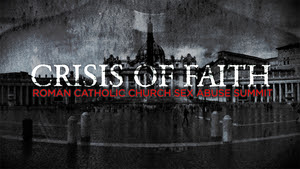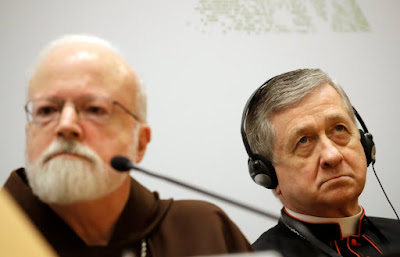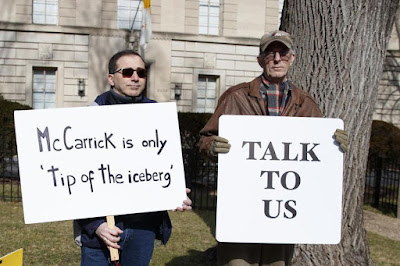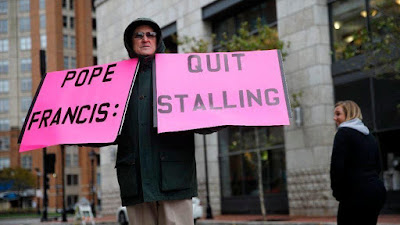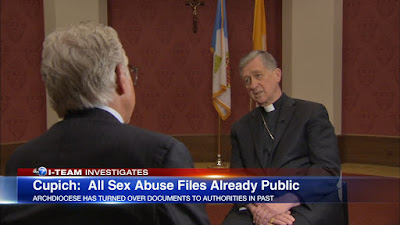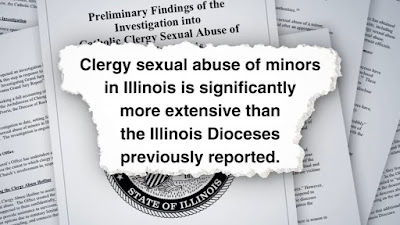{fdd.org} ~ Precipitously and with no plan in place, President Trump late last year announced his intention to withdraw all U.S. troops from Syria... Until then, roughly 2,000 special operators, backed by combat aircraft, had exemplified the concept of “economy of force.” Achieving a lot with a little, enabling local allies to fight much more effectively than they could have on their own, they decimated the Islamic State, and helped contain the Islamic Republic of Iran. It seemed to me and others – Mr. Trump’s top military and national security advisors among them — that he had made a significant and unforced error, one that could only encourage America’s adversaries in the Middle East and beyond, e.g. Pyongyang, Moscow, Beijing and suburban Kandahar. Then, last Friday, the president changed his mind, deciding to leave about 400 troops in Syria. Can a force of that size do the job that needs to be done? No. But some European allies who have been sharply critical of Mr. Trump’s decision to bug out are now considering committing more of their own troops to make up the difference. In other words, Mr. Trump may succeed in getting Europeans to do serious burden-sharing in this by-no-means-ended conflict. If so, credit is due to Sen. Lindsey Graham who pushed hard for such a plan, both with the president in private, and publicly at the annual international security conference in Munich earlier this month. Mr. Graham was quick to praise the commander-in-chief for deciding to “follow sound military advice,” thereby ensuring “that we will not repeat the mistakes of Iraq, in Syria. For a small fraction of the forces we have had in Syria, we can accomplish our national security objectives. Well done Mr. President.”...
In the Maryland case, lower courts disagreed on whether the 40-foot cross, erected in 1925 by the American Legion to honor 49 Marylanders killed during World War I, represents an “establishment” of religion. In 2015, a federal judge in Maryland rejected a suit by the American Humanist Association, saying, “The predominant and nearly exclusive use of the Monument has been for annual commemorative events held on Memorial Day and Veterans Day.” However, the Fourth Circuit Court later ruled the cross unconstitutional, asserting that any reasonable observer would conclude the cross’s “inherent religious meaning” means the government “either places Christianity above other faiths, views being American and Christian as one in the same, or both.”
Jurisprudence in similar cases has been inconsistent — as Justice Clarence Thomas put it last year, the Court’s “establishment clause jurisprudence is in disarray” — so the justices have a chance to clear up a larger issue if Chief Justice John Roberts doesn’t insist on another narrow ruling. As the American Legion said in its brief, “If a century-old war memorial that is only in government hands because of traffic safety considerations arising 40 years after it was built is unconstitutional, it is difficult to conceive of any cross-shaped monument that will survive.”
There are hopeful signs for a right outcome, whether narrow or broad. While the women on the Court’s left wing seemed hostile to the cross, the other justices appeared amenable to keeping it. And it’s worth remembering however the justices rule that when Thomas Jefferson wrote of a “wall of separation between Church and State,” it was in a private letter, not constitutional language. Jefferson clearly didn’t intend for the metaphor to become legal doctrine as modern courts have made it. The leftist interpretation is a myth. ~The Patriot Post
https://patriotpost.us/articles/61480?mailing_id=4105&utm_medium=email&utm_source=pp.email.4105&utm_campaign=snapshot&utm_content=body
